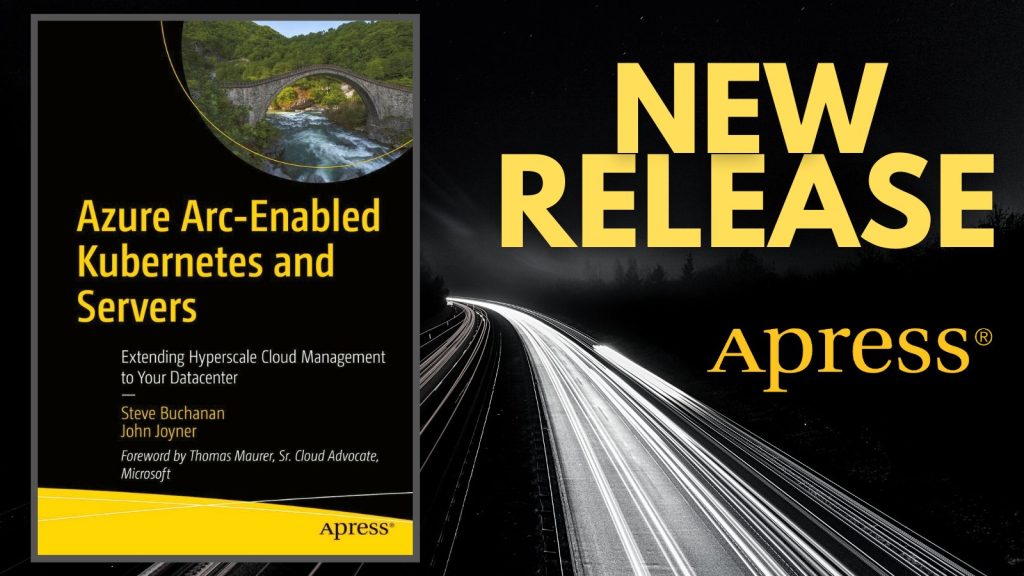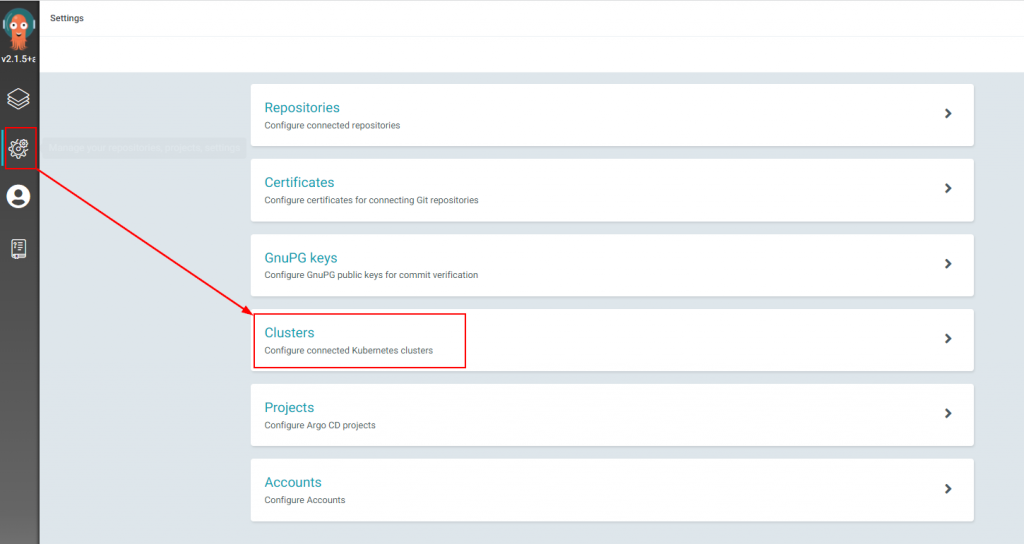I am very excited to be a part of a new Microsoft Azure Hybrid Cloud Study Hall series. This is a free fourteen-part weekly series that starts in April running through June.
In this study hall, you will learn how you can manage your on-premises, edge, and multi-cloud resources, and how you can deploy Azure services anywhere with Azure Arc and Azure Stack.
In this series, each session covers working with hybrid cloud resources using Azure services and hybrid cloud technologies. In these sessions we will:
- Answer your questions live
- Walk-through how to configure hybrid cloud resources
- Walk-through how to deploy hybrid cloud resources
- Walk-through how to manage hybrid cloud resources
In these sessions, together with you, we will work through Microsoft Learn modules focused on Azure Arc and Azure Stack HCI.
We have a solid lineup of speakers from Microsoft and the community! And I will be co-delivering two sessions myself.

Check out this video Microsoft marketing made where I talk about the sessions:
You know the drill ! ⏰
— Microsoft Learn TV (@LearnTV) May 5, 2022
Azure Study hall is ✨ here ✨ !
💥 Live 💥 on Learn TV
May 5 10AM PDThttps://t.co/OZST6hL8pG pic.twitter.com/L9C3RbftuG
My sessions are:
Introduction to Azure Arc enabled Kubernetes

on May 5, 2022 10:00AM – 11:30AM (Pacific) co-hosting with Pierre Roman.
Add to Calendar:
https://aka.ms/learnlive-azure-hybrid-cloud-study-hall-Ep7
The Learn Module:
https://aka.ms/learnlive-20220505A
Implement Azure App Service on Kubernetes with Arc
on June 9, 2022 10:00AM – 11:30AM (Pacific) co-hosting with Lior Kamrat.
Add to Calendar:
https://aka.ms/learnlive-azure-hybrid-cloud-study-hall-Ep11
The Learn Module:
https://aka.ms/learnlive-20220609A
Check out all of the Learn Live – Azure Hybrid Cloud Study Hall sessions here:
https://docs.microsoft.com/en-us/events/learntv/learnlive-azure-hybrid-cloud-study-hall



































